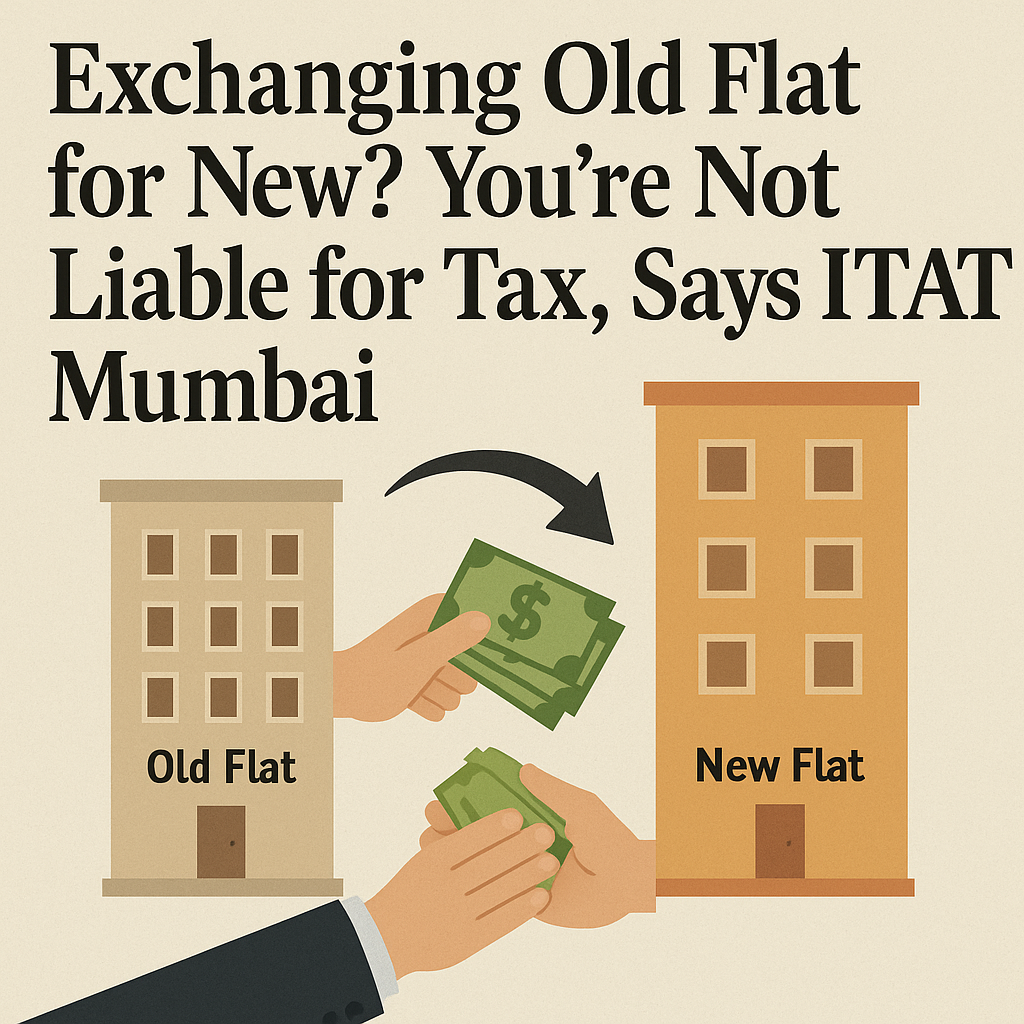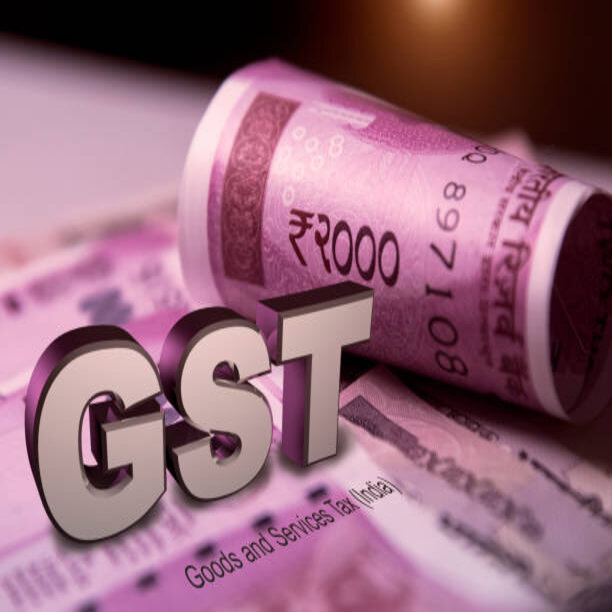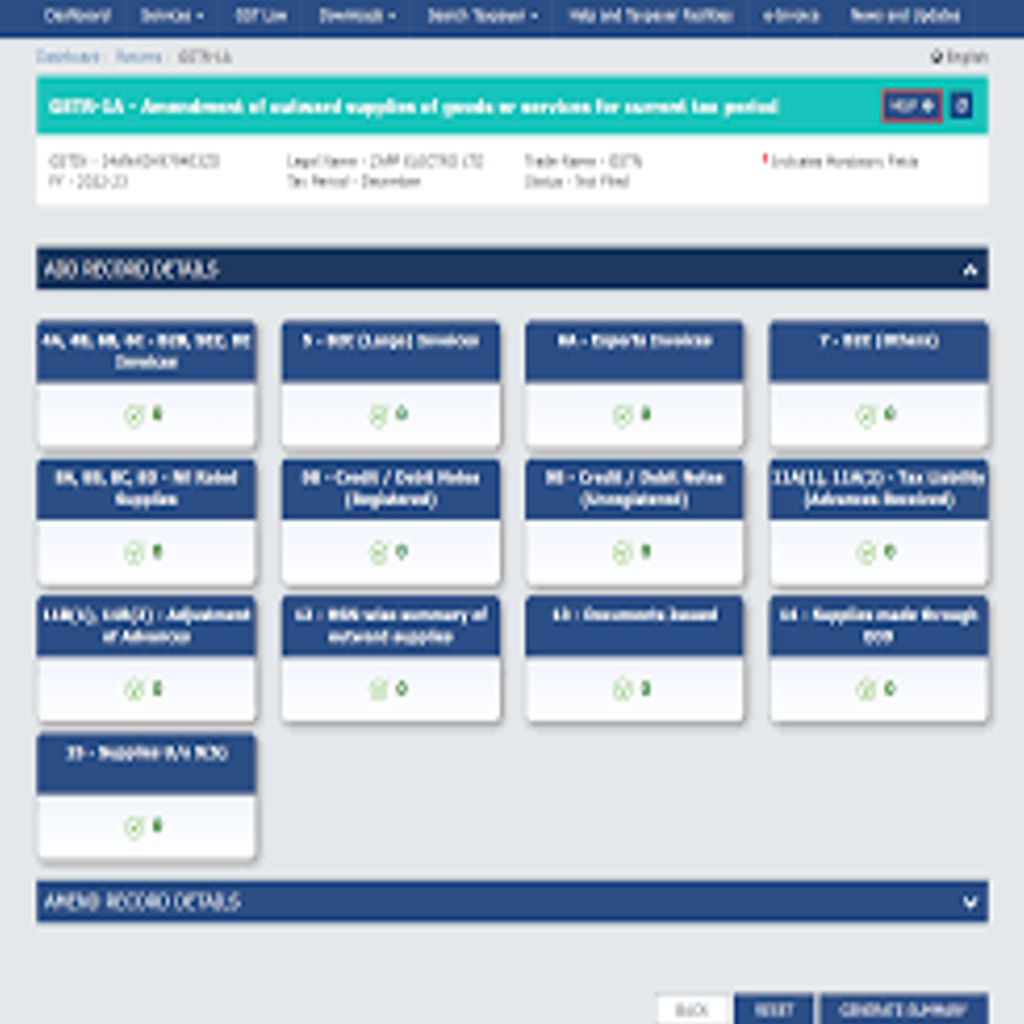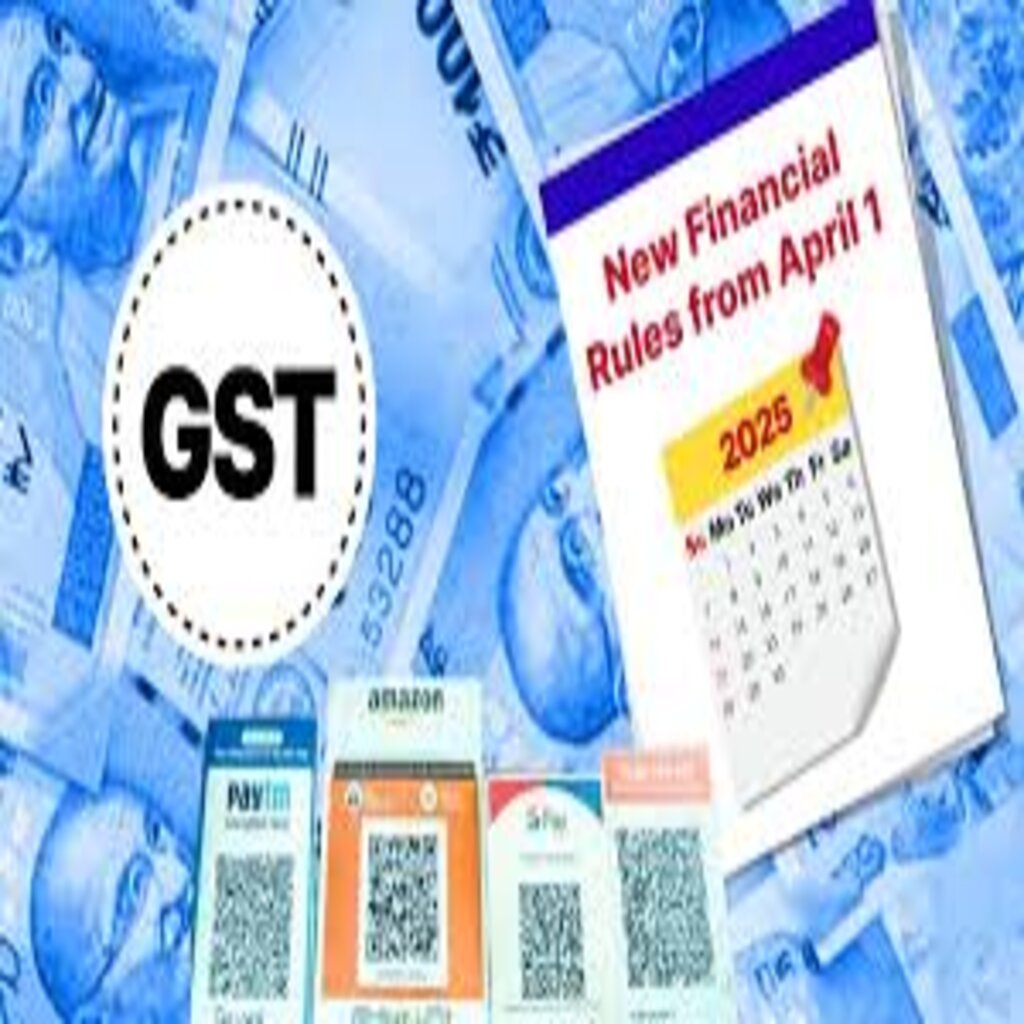Central Board of Indirect Taxes and Customs Notifies the GST Appellate Tribunal (Procedure) Rules, 2025
The Ministry of Finance has officially notified the Goods and Services Tax Appellate Tribunal (Procedure) Rules, 2025, through Gazette Notification dated April 24, 2025. These rules, framed under Section 111 of the CGST Act, 2017, aim to streamline the functioning and procedures of the GST Appellate Tribunal (GSTAT) across India.
Key Features of the GST Appellate Tribunal (Procedure) Rules, 2025
1. Online Filing of Appeals
- All appeals must be filed electronically through the GSTAT portal only.
- Manual filing will be allowed only in exceptional cases with the Registrar’s approval.
2. Mandatory Documentation
- Certified copies of the original orders are required to be submitted with appeals.
- Specific forms must be used for applications (e.g., GSTAT FORM-01 for interlocutory applications, GSTAT FORM-05 for appeal filing).
3. Defined Timelines
- Timelines for filing appeals and responses are clearly laid out.
- The Tribunal has the power to condone delays if justified with valid reasons.
4. Tribunal Working Hours
- Hearings will be held from 10:30 AM to 1:30 PM and 2:30 PM to 4:30 PM.
- Office working hours are 9:30 AM to 6:00 PM on all working days.
5. Cause Lists and Proceedings
- Daily cause lists will be published on the portal for transparency.
- If any party fails to appear, the Tribunal may proceed with ex parte hearings.
6. Evidence and Hearings
- Additional evidence will be accepted only with prior permission from the Tribunal.
- By default, hearings will be public, ensuring transparency.
7. Representation
- Authorized representatives must file a Power of Attorney in GSTAT FORM-04.
- Representatives include advocates, CAs, CMAs, and CSs, among others, as permitted by law.
8. Final Orders
- Final orders must be signed by the bench and uploaded on the portal.
- Certified copies will be made available to the concerned parties.
9. Tribunal Powers
- The Tribunal is empowered to summon documents or witnesses if necessary for adjudication.










